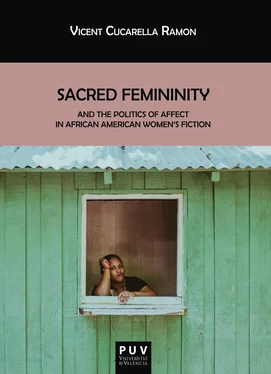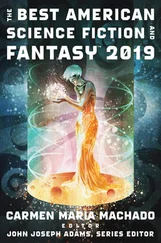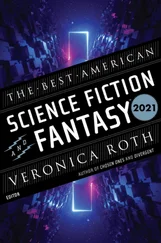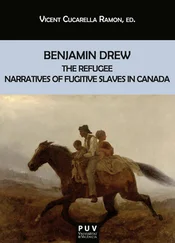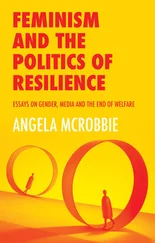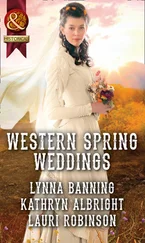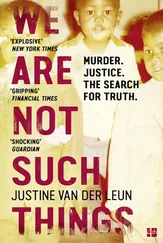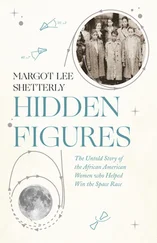Hence, the black female self that emerges from this affective sacred imagery unpicks a different conception of religion as an asset of social and racial resistance for Crafts and Hurston. Nonetheless, Morrison’s novel demystifies the cultural value of Christianity and only aestheticizes its impact to suffuse another type of national, and nationalist, experience for African American women.
From the nineteenth century until the twentieth century, African American women’s creative gifts to heal divergence and difference along the thrusting lines of gender, politics and spirituality debunk national approaches due to their double oppression. Consequently, they follow affective “ideologies of style”, to borrow from Barbara Tomlinson, to construct alternative rhetorics of authority and self-representation. In spite of this, Morrison turns to the value of the Christian creed as a redemptory and healing outlet, and showcases a sort of Christian apocalypse in which the aesthetics of religion preclude any possible way of a national healing. Besides, A Mercy exemplifies how the crippling discourse of Christianity breaks away the affective bonds that separate women for the bigotry that accompanies religions seems to be stronger that the ontological moves that unite them. Yet, the novels by Crafts, Hurston and Morrison prove and exemplify, as Frances Devlin-Glass and Lyn McCredden contend in Feminist Poetics of the Sacred , that “there continue to be many questions raised by feminists, and religious feminists, about ways of thinking and being beyond or in spite of, or after patriarchal religion, and in full recognition of the (hopefully moveable) limitations of the symbolic order” (6).
Following this theoretical framework in which spirituality and affect intermesh to present a distinctive and alternative way for African American women to envision a healed and rehabilitated black female subjectivity, I will analyze the three novels by Crafts, Hurston and Morrison to show how these writers have shaped Christianity and the politics of affect for their own purposes, and how, in so doing, they exemplify the alluring potential of sacredness applied to black women. By using novels from three different centuries, I aim to demonstrate how these three writers use the same tradition but with different purposes and outcomes.
I begin my analysis with Hannah Crafts’s novel The Bondwoman’s Narrative , recently claimed to be the first piece of fiction ever written by an African American woman.
Конец ознакомительного фрагмента.
Текст предоставлен ООО «ЛитРес».
Прочитайте эту книгу целиком, купив полную легальную версию на ЛитРес.
Безопасно оплатить книгу можно банковской картой Visa, MasterCard, Maestro, со счета мобильного телефона, с платежного терминала, в салоне МТС или Связной, через PayPal, WebMoney, Яндекс.Деньги, QIWI Кошелек, бонусными картами или другим удобным Вам способом.
